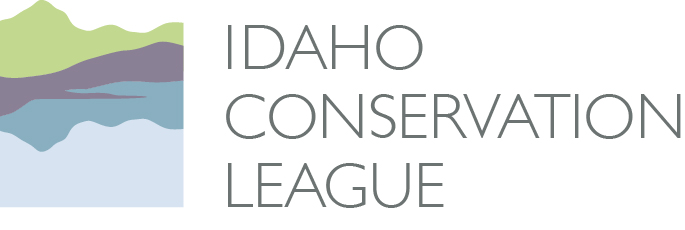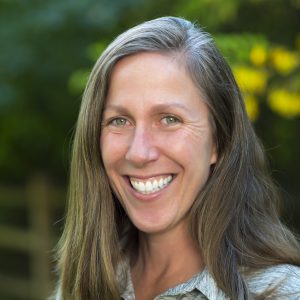Editor’s note: This is Part 2 of Our Own Climate Idaho. Read Part 1 here. This posting was authored by Pat Ford. Many years ago, Pat served as the executive director of ICL. Most recently, he was the executive director for Save Our Wild Salmon Coalition. Pat lives in Boise, Idaho, and periodically contributes to the ICL blog.
What should Idahoans do to weather through climate change and help stop it? And what will our state be best at doing, in our part of this whole-earth project?
Here is a possible list-my assumptions and convictions are in a footnote(1) and the blog before this one. If only I knew in advance what half or more of it will prove wrong or feeble.
Help Move Carbon Pollution toward Zero
Do this by putting the brakes to fossil fuels and building the carbon-capturing strength of Idaho lands, waters and ecosystems. The first takes NO campaigns, like stopping or raising the costs of oil, coal and tar sands traffic through Sandpoint or on Highway 12, or shutting Idaho Power’s coal plants as fast and as humanely possible for workers and customers. The companion YES is putting ladders to non-carbon alternatives into law, regulation and community practice, and then climbing those ladders in our lives, homes and places of work.
The second requires vision, patience, science and steady articulation to Idahoans-including ourselves-why it is vital and how it is helping. People, in our devotion to our own importance, will tend to forget that lands and waters, when healthy, capture a lot of carbon whose capture will almost certainly be necessary.
Tend to Our Waters and Lands
The active powers of life will likely do more to weather climate change than people alone do. In Idaho we should ride this horse alertly but with trust, and do what we can to give it fuller strength-make land-and-water health our own, guard or rebuild its health as best we can, and try to follow its course through climate change as we improvise our own.
I see three broad parts. Keep our wild and near-wild places wild and near-wild. Repair our damaged places back toward health, across the wide scale from restoring backyards and blacktop to restoring Thousand Springs and the lower Snake River. Third, watch our lands, waters, soils and creatures closely, so their responses to climate change can instruct us in how to help them help us.
Host More People
Climate change will accelerate forces already bringing people to Idaho. I can’t predict the rate, but we could start preparing for, say, 5 to 10 million people to soon live here in decent balance with each other and with Idaho. I also think Idaho has much to gain from more fully partnering in our country’s changing demographics.
Grow Food Durably
Dick Manning’s High Country News story a few months ago on the Snake River as sewer makes the case that, in southern Idaho at least, agriculture can’t go on as now practiced, even if climate change were not at work on its host lands, waters, and air. How do we grow food-individually, commercially, and communally-by working with, not against, waters and lands whose stresses are expanding and ranges of health narrowing? How can the pioneers of such changes that exist within the diversity of Idaho farming and ranching be rewarded so that they grow in communities and markets? How can the owners of the factory-industrial parts of Idaho agriculture be persuaded or forced to internalize the huge external costs that they do not pay now? My question marks betray my practical ignorance here, but I think I’m right on the importance of this objective in an agricultural state undergoing erratic climate.
Within and across these four projects are a host of linkages, tensions, conflicts, and conundrums. My list will surely not prove the best list. But I am pretty sure that any what-to-do climate list, from any source, that does not contain significant internal tension and conflict which we must work out as we go, is under-thinking and over-promising.
___
(1) My assumptions: (a) the current views and policies of Idaho’s elected leaders don’t matter much to the long run and long strategy that climate change asks of us; (b) work to stop and slow climate change, and work to weather through it-in the language of health, climate change prevention and care-must be tightly integrated as one task with two parts; (c) old separations between "conservation" and other basic human concerns may have never made sense, but with climate change they plainly do not; (d) most of the work will be across borders, mainly but not solely state borders. See also my previous blog.

